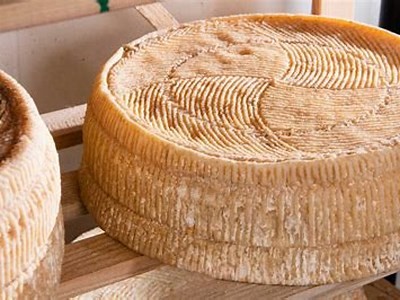Understanding the Implications of Taking the Cheese in Everyday Life and Culture
Cheese has been a staple in many cultures around the world for centuries. From French brie to Italian Parmigiano-Reggiano, cheese takes on different forms, flavors, and meanings depending on the region and its people. But beyond the culinary realm, the concept of "taking the cheese" has also found its way into everyday life and culture, carrying implications that go beyond the dairy aisle. In this article, we will delve into the various meanings and interpretations of "taking the cheese" and explore how it is manifest in different aspects of life.

First and foremost, "taking the cheese" can symbolize seizing opportunities or taking advantage of a situation. Just like how a mouse goes after a piece of cheese in a trap, individuals who take the cheese in life are often willing to risk it all for a chance at success. This may involve making bold decisions, stepping out of one's comfort zone, or even breaking societal norms in pursuit of one's goals. In this sense, "taking the cheese" can be seen as an act of courage and determination.

On the other hand, "taking the cheese" can also have negative connotations, such as being greedy or manipulative. Just as a mouse can become greedy and consume more cheese than it needs, individuals who take the cheese in a negative light may prioritize their own interests over others'. This can lead to exploitation, deceit, or even harm to those around them. In such cases, "taking the cheese" becomes a cautionary tale about the dangers of selfishness and egotism.

Moreover, the concept of "taking the cheese" can be applied to various aspects of culture, including literature, art, and entertainment. In literature, characters who take the cheese may symbolize ambition, desire, or the quest for power. This theme is prevalent in many classic works, such as Shakespeare's Macbeth or Dostoevsky's Crime and Punishment, where protagonists are driven to "take the cheese" at any cost.

In art, the motif of cheese can be used as a metaphor for temptation, indulgence, or the allure of material possessions. Paintings, sculptures, and other works of art often depict scenes of individuals reaching for a piece of cheese, symbolizing their desire for more or their struggle with temptation. This can be seen in works by artists such as Salvador Dali, who famously incorporated cheese into his surrealist paintings.
Finally, in entertainment, the phrase "taking the cheese" can be used colloquially to describe someone who has been tricked or outsmarted. This can be seen in movies, TV shows, and other forms of media where characters fall victim to a clever scheme or deception. The term "cheese" in this context serves as a symbol of vulnerability or naivety, highlighting the importance of staying vigilant and aware in a complex world.
In conclusion, the implications of taking the cheese in everyday life and culture are multifaceted and nuanced. Whether viewed as a symbol of courage, greed, ambition, or deception, the concept of "taking the cheese" offers insight into human behavior, motivations, and desires. By understanding the various meanings and interpretations of this phrase, we can better navigate the complexities of life and society, and reflect on our own actions and choices.
